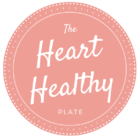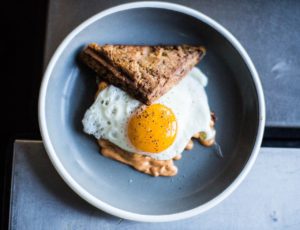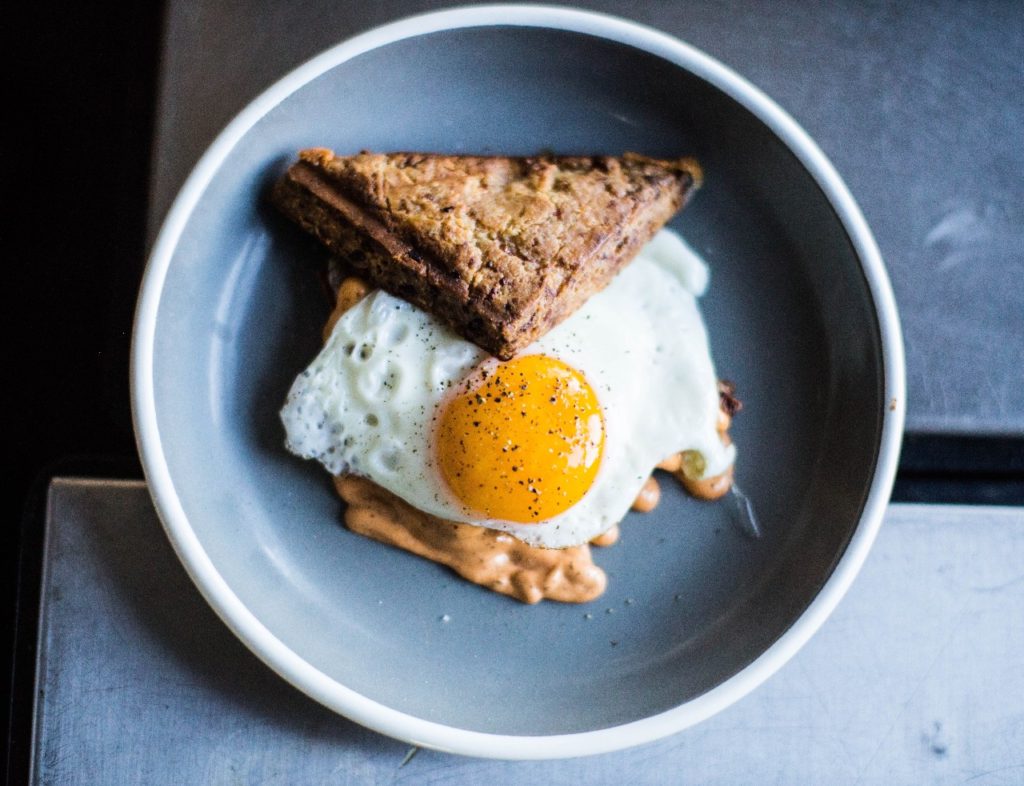

By Samantha Chabior, RD
Trying to get those cholesterol numbers down, but not seeing the results of your hard work? It can feel so defeating to make all these amazing diet changes, but not see your numbers come down! So if you’re wondering what you can do to finally start seeing those LDL cholesterol numbers come down, then read on!
Want to start cooking more cholesterol-lowering meals? Download my FREE printable weekly meal planner and grocery list to get organized and reduce stress when it comes to planning heart healthy meals.
A diet pattern called the Portfolio Diet was created by scientists to help people lower their cholesterol levels. In fact, studies show that the Portfolio Diet can help cut cholesterol levels by up to 30%! That’s comparable to doubling the dose of a statin (cholesterol lowering medication)! The Portfolio Diet combines key cholesterol-lowering foods together. Each group of foods helps lower cholesterol levels by up to 5-10%, so even if you added in ONE component of the Portfolio Diet, you could actually lower your LDL cholesterol! But if you take it a step further and combine all of the components, you can see amazing effects on your LDL cholesterol levels.
In this article I’ll break down the exact steps I teach my clients to lower their cholesterol levels.
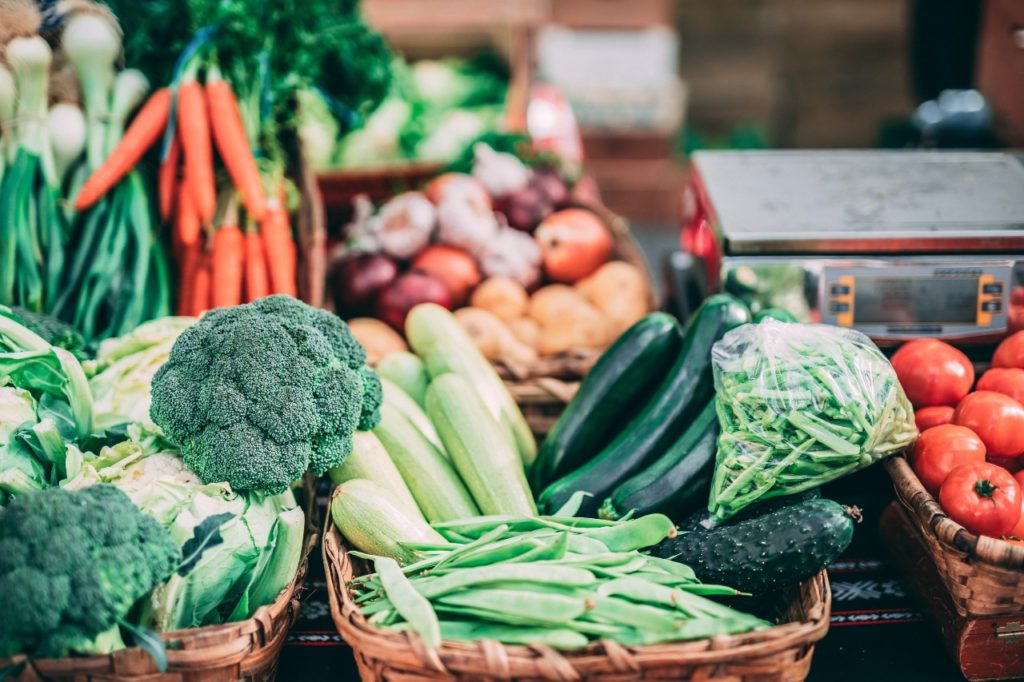
Step 1: Focus on whole foods that come from plants
My favourite place to start when suggesting diet changes is to start by adding in nourishing foods first. It’s usually easier to add foods into your diet, rather than cut foods out. A great place to start is by adding in more whole foods that come from plants. And when I say whole foods, I mean foods that look very similar to how you would find them in nature or the farmer’s field.
These foods don’t have a lot of added salt, sugar, or certain oils added in to them, and they retain more nutrients than ultra processed foods like white breads, frozen meals, and packaged snack foods.
Plant foods include whole grains such as barley, buckwheat, and quinoa, as well as fruits, vegetables, legumes, nuts and seeds. These foods are all rich in heart healthy nutrients like potassium, magnesium, and fibre.
Most people don’t get enough vegetables and fruits in their diet, so this is always a great place to start. I recommend aiming for 3 servings of fruits per day, and at least half a plate of vegetables at lunch and dinner. If this sounds like a huge amount of fruits and veggies to you, then it’s totally ok to start with smaller changes.
For example, start with adding in just 1 extra serving of fruit or vegetables each day. If you’re a lover of sweet snacks, then you’ll love my list of 17 Cholesterol-Friendly Snack Ideas For People With A Sweet Tooth. And check out my real-life suggestions on how to implement these diet changes at the end of the article.

Step 2: Add in these top cholesterol lowering foods
Many foods that help lower cholesterol contain a key nutrient called soluble fibre. You can imagine soluble fibre turning into a sticky gel that traps cholesterol and fats in our gut, and blocks our body from absorbing it. It almost acts like a sponge – soaking up cholesterol, so that our body doesn’t!
So it’s no surprise that the key foods you should include regularly in your diet are high in soluble fibre. Soluble fibre comes from plant foods and is especially high in certain whole grains like barley and oatmeal, psyllium, legumes (beans, chickpeas, and lentils), nuts and seeds, and certain fruits and veggies.
Another cholesterol-lowering nutrient is soy protein. Soy foods have been shown to have a heart-protective effect because they are rich in antioxidants, but they also can help lower cholesterol! Regularly including soy foods like unsweetened soy milk, tofu, and tempeh is a great way to help lower cholesterol.
The last component of a cholesterol lowering Portfolio Diet is plant sterols. Plant sterols are found naturally in plant foods and block the absorption of cholesterol into our body. But most foods contain only small amounts of plant sterols naturally, so to get enough plant sterols to actually have a cholesterol lowering effect you can purchase foods that have plant sterols added into them (also known as being “fortified”).
Some examples are margarines, juices, oils and yogurts. There are also plant sterol supplements that come in a pill form. To get a cholesterol-lowering effect of 5-10%, you’d need at least 2 grams of plant sterols per day, which would be about 5 teaspoons of a plant sterol-fortified margarine.
Although plant sterol fortified foods can be helpful in lowering cholesterol, you won’t get the same benefit if you only add them into your diet, but don’t make any other changes. The other cholesterol lowering foods mentioned earlier are also rich in a variety of key nutrients that support not only heart health, but also reduce risk of other chronic diseases.
These supplements aren’t right for everyone, so be sure to speak with your doctor before trying them out.
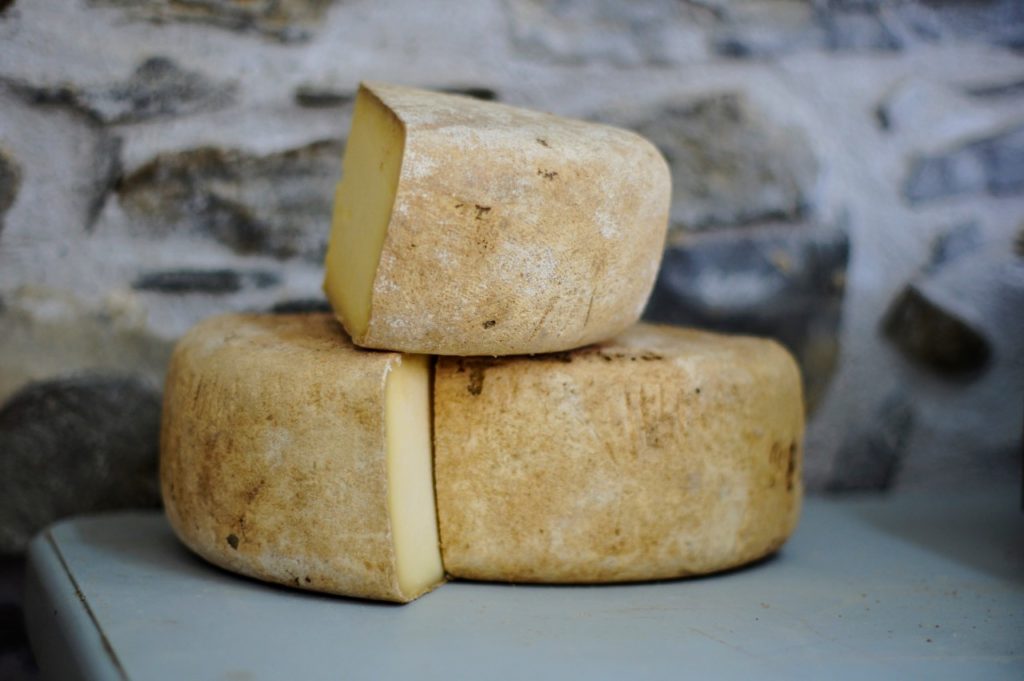
Step 3: Cut back on foods that raise LDL cholesterol
Nutrition research is constantly changing, and we’ve come a long way in terms of knowing more about which foods can raise our LDL cholesterol levels.
In the past, dietary cholesterol from foods like eggs and shrimp was thought to be the main contributor to high LDL cholesterol. But now science tells us it is actually foods high in saturated fat and trans fat that are the biggest contributors to raising LDL cholesterol.
Through cutting down processed foods and choosing whole foods more often we can eliminate harmful trans fats and cut back on a lot of the saturated fat found in our diet. By choosing more plant foods and less animal foods we can even further cut back on the amount of saturated fat in our diet. Red meats like beef, pork, and lamb, dark meat from poultry, chocolate, desserts, higher fat cheeses, and other full fat dairy products like cream and butter tend to be the main contributors of saturated fat in most people’s diets.
In cooking, I recommend people avoid using butter, ghee (clarified butter), and coconut oil. Instead I recommend using olive oil or canola oil as the main oils in cooking and salad dressings.
A diet that limits saturated fat is NOT the same as a low fat diet. In fact, replacing foods high in saturated fats with healthy fats found in olive oil, nuts, avocados, and fish can actually help with lowering cholesterol levels and has been shown to be more heart healthy than cutting out all types of fats.
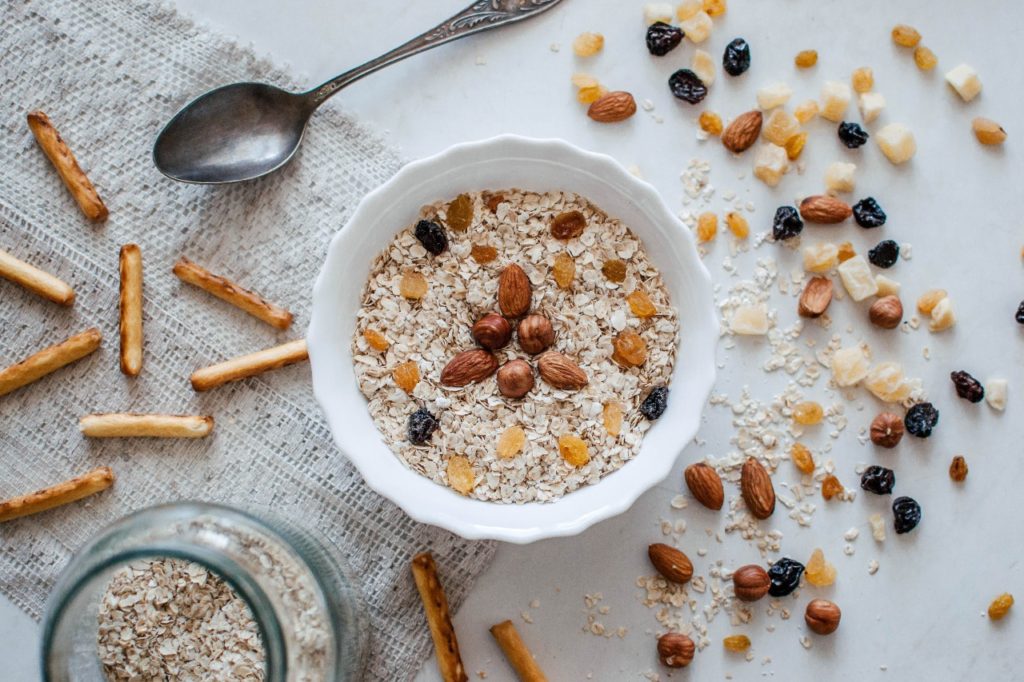
Ready to make some changes to get those LDL numbers down?
Get on track with planning heart healthy meals with my free, step-by-step weekly meal planning guide and grocery list. The grocery list is already filled out for you with heart healthy foods, so you can stop stressing about which foods nourish your heart.
Plus, here are some super easy, real life ideas on how to include cholesterol-lowering foods in your diet:
Breakfast:
– Frozen berries in oatmeal
– Sliced banana with natural peanut butter on whole grain toast
– Mashed avocado with sliced tomato on rye bread
– Bran cereal with psyllium
– Smoothie with ground flaxseeds
Lunch & Dinner:
– Add a side salad at lunch or dinner
– Try 1 vegetarian meal each week (Meatless Mondays is always fun & easy to remember!)
– Use soy products regularly like tofu, tempeh and unsweetened soy milk
– Cook with olive oil instead of butter
– Add beans, chickpeas and lentils regularly to your chilis, soups, salads and pastas
– Choose lean cuts of protein like chicken breast, lean ground turkey, and fish more often than red meat like beef, pork, or lamb
Snacks:
– Raw baby carrots and celery with hummus
– Apple with natural peanut butter
– Yogurt (0% or 1% M.F) with berries and a handful of unsalted nuts
Disclaimer: always consult with your doctor before making any diet changes. This information is not meant to be used as medical advice, medical nutrition therapy, is not a replacement for medications.
